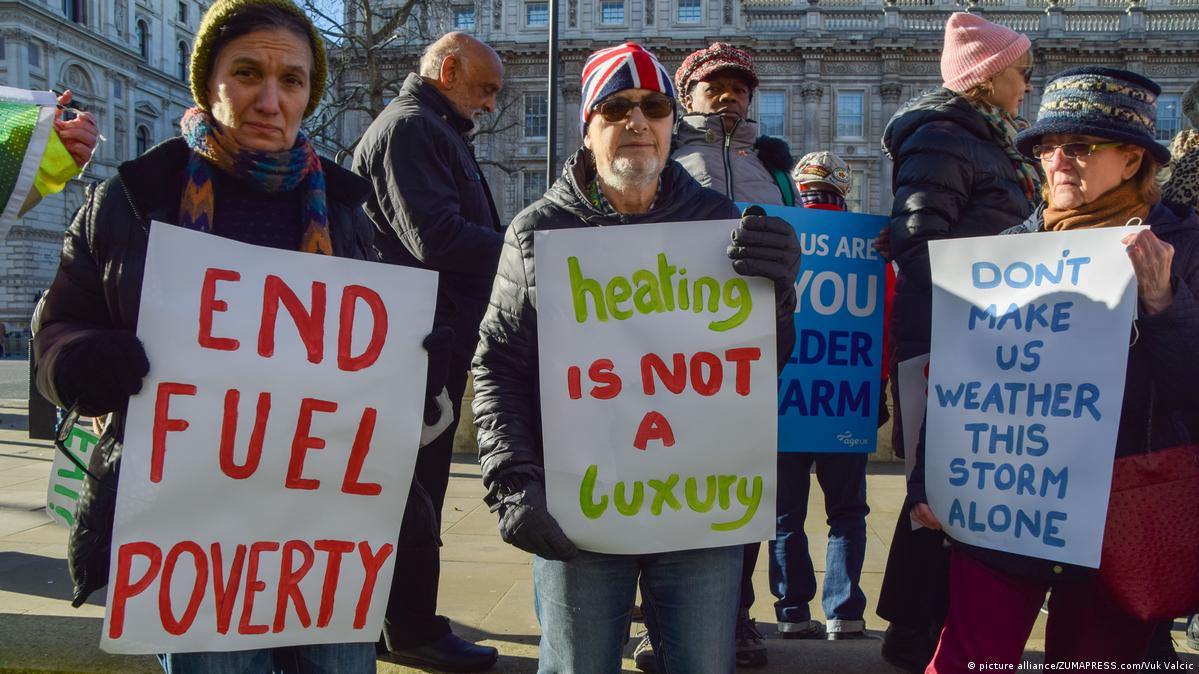
On Monday, Britain witnessed its largest-ever healthcare strike, with tens of thousands of doctors, nurses, and ambulance workers walking out in an escalating pay dispute that the health minister said would put additional strain on the National Health Service (NHS).
According to the RCN, this is the largest action yet, affecting more than a third of hospital trusts in England. The union has approximately 300,000 members, accounting for roughly two-thirds of NHS nurses.
While ambulance drivers and nurses have been on strike separately since last year, the combined walkout is the largest in the country’s National Health Service’s 75-year history. The strikes appear to be far from over, as NHS Medical Director Stephen Powis stated that more employees are planning to strike in the coming days, potentially making this week “the most disruptive in NHS history,” according to Reuters.
Health workers are demanding pay increases that reflect Britain’s worst inflation in four decades. According to the government, this would be unaffordable and would only lead to further price increases, raising interest rates, and mortgage payments.
Since last summer, approximately 500,000 workers, many of whom work in the public sector, have gone on strike, increasing pressure on Prime Minister Rishi Sunak to resolve the disputes and limit the disruption to public services such as railways and schools.
Inflation in the United Kingdom is at 10.5%, the highest in 40 years, due to skyrocketing food and energy prices. While some anticipate a slowing in price increases this year, Britain’s economic outlook remains bleak. The International Monetary Fund said on Tuesday that the country will be the only major economy to contract this year, outperforming sanctions-hit Russia.
Workers were also outraged by the government’s plan to enact a new law aimed at reducing strike disruptions by enforcing minimum service levels in critical sectors such as health and transportation. Unions have called the legislation a violation of the right to strike.








